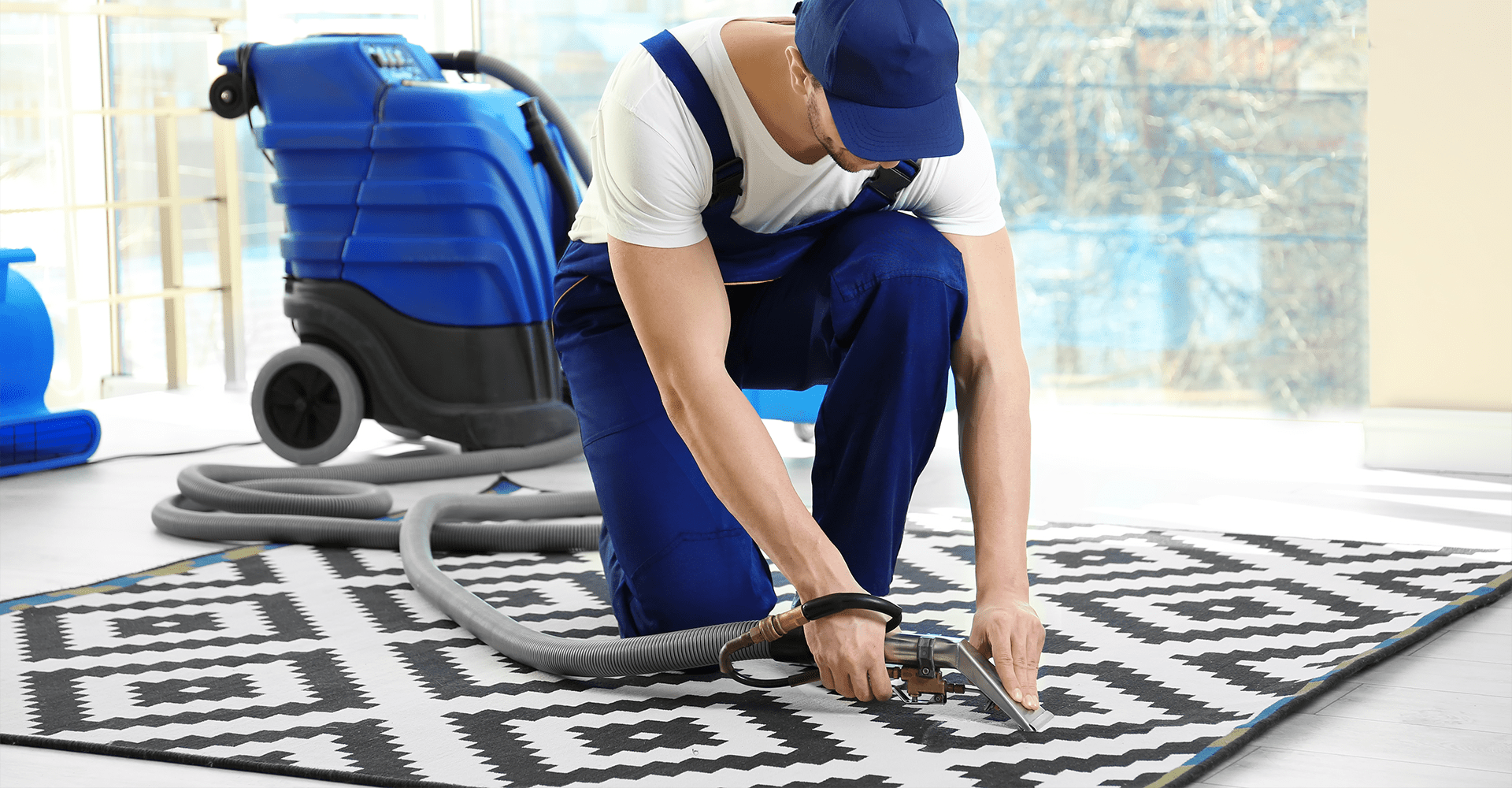Introduction
- Hook: Highlight the unique challenges of maintaining carpets in Hong Kong’s humid climate.
- Importance: Emphasize why proper carpet maintenance is crucial in a humid environment.
- Overview: Briefly introduce the key points that will be covered in the article.
Understanding the Impact of Humidity on Carpets
- Moisture and Mold: Explain how humidity can lead to moisture buildup and mold growth.
- Dust Mites and Allergens: Discuss the proliferation of dust mites and allergens in humid conditions.
- Odor Issues: Mention how humidity can cause carpets to retain unpleasant odors.
Regular Cleaning Practices
- Vacuuming: Emphasize the importance of frequent vacuuming to remove dirt and prevent buildup.
- Spot Cleaning: Provide tips on how to address spills and stains promptly.
- Deep Cleaning: Recommend scheduling regular deep cleanings, either DIY or professional, to remove embedded dirt and allergens.
Humidity Control Measures
- Dehumidifiers: Suggest using dehumidifiers to maintain an optimal indoor humidity level.
- Air Conditioning: Explain how air conditioning can help reduce indoor humidity.
- Ventilation: Encourage proper ventilation to allow moisture to escape.
Preventing Mold and Mildew
- Moisture Barriers: Recommend using moisture barriers under carpets in areas prone to dampness.
- Anti-Mold Treatments: Suggest applying anti-mold sprays or treatments to carpets.
- Prompt Drying: Advise on drying carpets quickly after cleaning or spills to prevent mold growth.
Choosing the Right Carpet Materials
- Humidity-Resistant Materials: Highlight materials that are more resistant to humidity and moisture.
- Low-Pile Carpets: Recommend low-pile carpets that are easier to clean and less likely to trap moisture.
Seasonal Maintenance Tips
- Monsoon Season Care: Provide specific tips for maintaining carpets during the rainy season.
- Dry Season Maintenance: Offer advice for carpet care during drier months to balance overall maintenance efforts.
Professional Carpet Cleaning Services
- Local Experts: Recommend reputable carpet cleaning services in Hong Kong.
- Specialized Treatments: Mention services that offer humidity-specific treatments and care.
- Regular Maintenance Plans: Suggest enrolling in regular maintenance plans offered by professional cleaners.
DIY Carpet Care Solutions
- Homemade Cleaning Solutions: Provide recipes for DIY carpet cleaning solutions using household items.
- Preventative Measures: Suggest preventative measures like using mats and rugs in high-traffic areas to protect carpets.
Conclusion
- Reiterate Key Points: Summarize the main tips and practices for maintaining carpets in Hong Kong’s humid climate.
- Call to Action: Encourage readers to implement the tips provided and consider professional services for optimal carpet care.
- Contact Information: Provide details for getting in touch with local cleaning services for further assistance.
Introduction
Maintaining carpets in Hong Kong’s humid climate can be quite a challenge. Humidity is high almost year-round. Carpets are prone to mold, mildew, and rapid wear and tear. However, with the right strategies, you can keep your carpets looking fresh and clean. Let’s dive into how you can effectively maintain your carpets despite the muggy weather.
Understanding Hong Kong’s Humid Climate
Hong Kong is known for its hot and humid weather. This is especially true in the summer. Humidity can soar above 80%. This damp air can ruin carpets. It causes bad odors, mold, and shortens carpet life.
Choosing the Right Carpet Material
Synthetic vs. Natural Fibers
When choosing carpets for a humid environment, the material matters. Synthetic fibers, like nylon or polyester, resist moisture and mold. This is unlike natural fibers, like wool or cotton. They are easier to clean and maintain, making them a suitable choice for Hong Kong’s climate.
Moisture-Resistant Options
Opt for carpets that have moisture-resistant properties. Some modern carpets have built-in moisture barriers or antimicrobial treatments. They prevent mold and mildew.
Regular Cleaning and Vacuuming
Importance of Frequent Cleaning
In a humid climate, regular cleaning is essential. Dirt and dust can hold moisture, contributing to mold growth. Vacuum your carpets at least twice a week to remove dirt and debris.
Best Vacuum Cleaners for Humid Climates
Invest in a high-quality vacuum cleaner with a HEPA filter. These filters trap small particles, such as mold spores. They improve indoor air quality and keep your carpets cleaner for longer.
Deep Cleaning Techniques
Steam Cleaning
Steam cleaning is highly effective for deep cleaning carpets. High heat kills bacteria and mold spores. The steam goes deep into the fibers, removing dirt and stains. However, ensure proper drying to prevent residual moisture from fostering mold.
Dry Cleaning Methods
Dry cleaning involves using chemical solvents to clean carpets. This method is helpful in humid climates. It uses little moisture, cutting the risk of mold and mildew.
Preventing Mold and Mildew
Signs of Mold Growth
Look out for musty odors, discoloration, and visible mold spots on your carpet. These are clear signs. Mold is there and needs fixing now.
Effective Mold Prevention Strategies
To prevent mold, keep your home well-ventilated. Use dehumidifiers to keep humidity low. Regularly move and check under furniture, as mold often grows in hidden areas.
Controlling Indoor Humidity
Using Dehumidifiers
Dehumidifiers are essential in Hong Kong’s climate. They reduce moisture in the air. This makes the air less hospitable for mold and mildew.
Air Conditioning Tips
Air conditioners not only cool your home but also reduce humidity. Make sure your AC units are well maintained. They need clean filters to work well.
Proper Ventilation
Importance of Airflow
Good airflow helps to keep carpets dry and prevents the buildup of moisture. Open windows and use fans to circulate air, especially after cleaning your carpets.
Tips for Improving Ventilation
Place fans in strategic locations to enhance airflow. Make sure your home’s bathroom and kitchen exhaust fans work. Use them a lot.
Stain Prevention and Removal
Common Carpet Stains in Humid Areas
In humid climates, common stains include water stains. They also include mold spots and spills. The spills quickly become sticky and hard to remove.
Effective Stain Removal Techniques
For water stains, blot the area with a clean cloth and use a mixture of vinegar and water. For mold spots, use a solution of hydrogen peroxide and water. Always test cleaning solutions on a small, inconspicuous area first.
Using Carpet Protectors
Types of Carpet Protectors
Consider using carpet protectors like area rugs, runners, and mats in high-traffic areas. These can be easily cleaned and replaced, reducing wear on the main carpet.
Benefits of Carpet Protection
Carpet protectors help prevent stains. They also reduce wear and tear and make maintenance easier. They also add an extra layer of cushioning, enhancing comfort.
Professional Carpet Maintenance Services
When to Call a Professional
If your carpet has tough stains or lots of mold, or hasn’t been cleaned in a while, it’s time to call in professionals. They have the tools and skill to fix your carpet’s look and hygiene.
What to Expect from Professional Services
Professional cleaners use advanced techniques. These include hot water extraction, deep shampooing, and specialized drying. They also offer treatments to protect your carpet from future damage.
DIY Carpet Maintenance Tips
Homemade Cleaning Solutions
You can make effective cleaning solutions at home using common ingredients. For example, a mix of baking soda and vinegar works wonders. It removes stains and odors.
Practical Tips for Daily Care
Place doormats at entrances to reduce the amount of dirt brought in. Encourage family members to remove their shoes. This keeps the carpet clean for longer.
Seasonal Maintenance Tips
Summer vs. Winter Care
During summer, focus on controlling humidity and preventing mold. In winter, deal with dirt and debris from wet shoes. Adjust your cleaning routine based on the season’s specific challenges.
Adapting to Seasonal Changes
Switch to lighter, breathable rugs in summer to prevent moisture buildup. In winter, opt for thicker carpets that provide warmth and are easy to clean.
Benefits of Regular Carpet Maintenance
Extending Carpet Lifespan
Regular maintenance extends the life of your carpet, saving you money in the long run. Clean carpets also contribute to a healthier living environment.
Enhancing Indoor Air Quality
Clean carpets trap less dust. They also trap fewer allergens and mold spores. This leads to better indoor air. This is especially important in humid climates where these issues are more prevalent.
Understanding the Impact of Humidity on Carpets
Moisture and Mold
High humidity levels can cause moisture to accumulate in your carpets, creating an ideal breeding ground for mold and mildew. This not only damages the carpet but can also pose serious health risks.
Dust Mites and Allergens
Humid conditions are perfect for dust mites and allergens, which thrive in moist environments. This can exacerbate allergies and respiratory issues for you and your family.
Odor Issues
Carpets can absorb and retain moisture, leading to musty and unpleasant odors over time. This is especially problematic in areas with poor ventilation.
Regular Cleaning Practices
Vacuuming
Regular vacuuming is crucial to remove dirt, dust, and allergens that can settle into the carpet fibers. Aim to vacuum at least twice a week, focusing on high-traffic areas.
Spot Cleaning
Accidents happen, but prompt action can prevent permanent stains. Blot spills immediately with a clean cloth and use a mild carpet cleaner to treat the area. Avoid rubbing, as this can push the stain deeper into the fibers.
Deep Cleaning
Schedule regular deep cleanings every 6-12 months. This can be done using a steam cleaner or by hiring professional carpet cleaning services. Deep cleaning removes embedded dirt and allergens that regular vacuuming can’t reach.
Humidity Control Measures
Dehumidifiers
Using a dehumidifier can help maintain an optimal indoor humidity level, reducing moisture in the air and preventing mold growth. Place dehumidifiers in rooms with carpets to keep humidity levels in check.
Air Conditioning
Running your air conditioner not only cools the air but also helps to reduce humidity. Ensure your air conditioning unit is well-maintained and operating efficiently.
Ventilation
Good ventilation is key to controlling humidity. Open windows and use exhaust fans to allow moisture to escape. This is especially important in kitchens, bathrooms, and other areas prone to high humidity.
Preventing Mold and Mildew
Moisture Barriers
Consider using moisture barriers under carpets in areas prone to dampness, such as basements and ground floors. These barriers can help prevent moisture from seeping into the carpet.
Anti-Mold Treatments
Apply anti-mold sprays or treatments to your carpets to inhibit mold growth. These products create a protective layer that prevents mold spores from taking hold.
Prompt Drying
After cleaning your carpets or if they get wet from spills or leaks, dry them promptly. Use fans, dehumidifiers, and open windows to speed up the drying process.
Choosing the Right Carpet Materials
Humidity-Resistant Materials
Opt for carpets made from materials that resist humidity and moisture, such as synthetic fibers like nylon or polyester. These materials are less likely to absorb moisture and are easier to clean.
Low-Pile Carpets
Low-pile carpets are less likely to trap moisture and dirt compared to high-pile or shag carpets. They are also easier to vacuum and maintain.
Seasonal Maintenance Tips
Monsoon Season Care
During the rainy season, take extra precautions to keep your carpets dry. Use mats at entryways to reduce the amount of moisture tracked indoors, and increase the use of dehumidifiers and fans.
Dry Season Maintenance
In drier months, focus on regular vacuuming and deep cleaning to keep carpets in good condition. This helps to balance the maintenance efforts year-round.
Professional Carpet Cleaning Services
Local Experts
Consider hiring professional carpet cleaning services in Hong Kong. They have the expertise and equipment to handle the unique challenges posed by the humid climate. Look for companies that offer specialized humidity-specific treatments.
Specialized Treatments
Professional services can provide treatments tailored to prevent mold and mildew, ensuring your carpets stay fresh and clean. Ask about eco-friendly options if you prefer green cleaning solutions.
Regular Maintenance Plans
Many professional cleaners offer regular maintenance plans, providing scheduled cleanings and treatments to keep your carpets in optimal condition year-round.
DIY Carpet Care Solutions
Homemade Cleaning Solutions
You can use simple, homemade solutions for routine carpet cleaning. A mixture of white vinegar and water can effectively clean and deodorize carpets. Baking soda is excellent for absorbing odors.
Preventative Measures
Use doormats and area rugs in high-traffic areas to protect your carpets from dirt and moisture. Regularly clean these mats to prevent them from becoming a source of dirt and moisture themselves.
Conclusion
Maintaining your carpets in Hong Kong’s humid climate requires a proactive approach. By implementing these strategies—regular cleaning, humidity control, and professional care—you can keep your carpets looking great and lasting longer. Remember, prompt action and consistent maintenance are key to preventing the negative effects of humidity on your carpets. Happy cleaning!
Conclusion
Keeping carpets in Hong Kong’s humid climate requires carefulness. It also requires using the right techniques. To keep your carpets looking new and lasting longer, choose the right materials. Clean them often. Control indoor humidity. Use professional services when needed. Remember, a clean carpet improves your home’s looks. It also makes your home healthier.
FAQs
How often should I clean my carpet in a humid climate?
It’s best to vacuum at least twice a week and deep clean every 3-6 months to prevent mold and dirt buildup.
What is the best way to prevent mold in carpets?
Use dehumidifiers, ensure proper ventilation, and clean spills immediately to prevent mold growth.
Can I use a regular vacuum cleaner for my carpet?
Yes, but ensure it has a HEPA filter to trap small particles and improve air quality.
Are there specific carpet materials better suited for humid climates?
Synthetic fibers, like nylon or polyester, are more moisture-resistant. They are also easier to maintain than natural fibers.
How can I improve the air quality in my home?
Keep carpets clean. Use air purifiers. Maintain your HVAC system. And ensure good ventilation.





